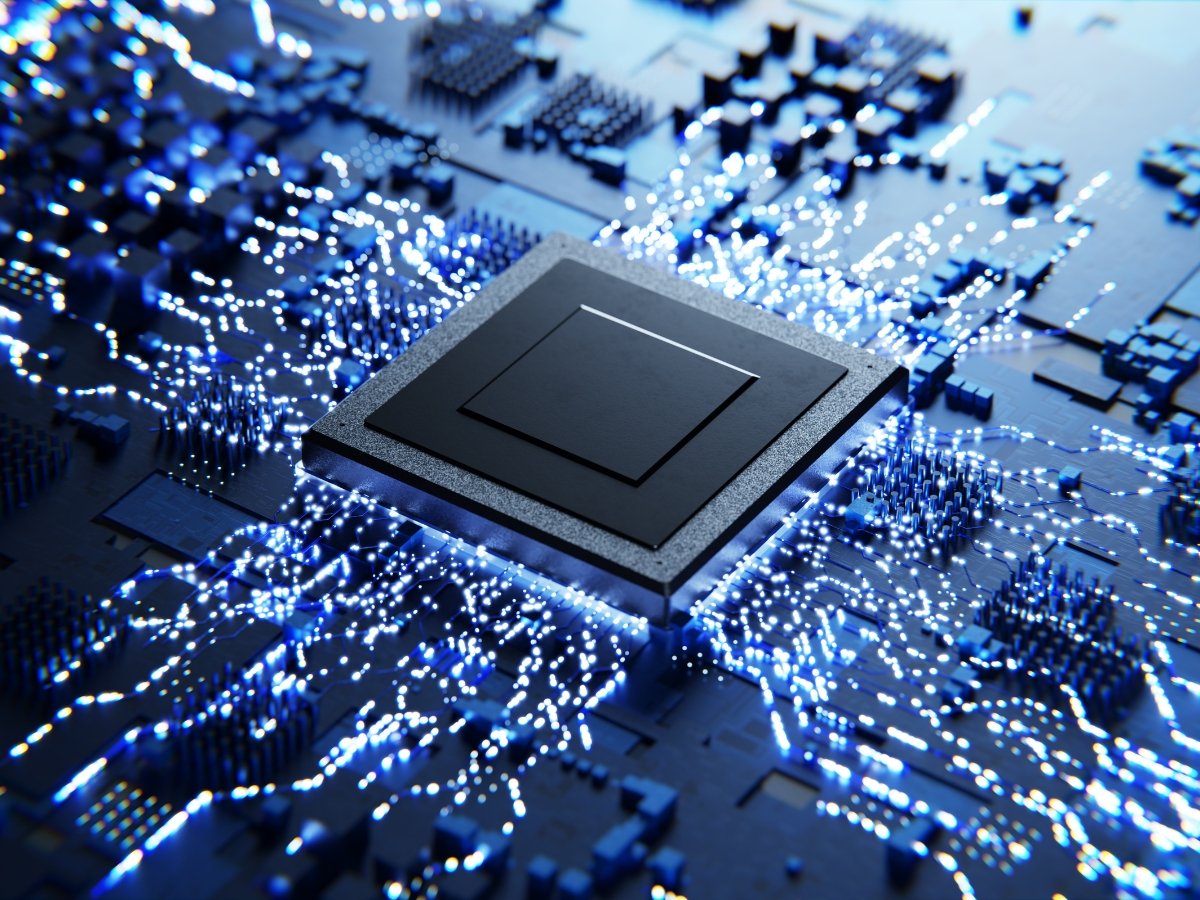As India’s semiconductor ecosystem rapidly expands—with government-backed chip initiatives and billion-dollar fabs on the rise—VLSI has emerged as one of the most rewarding and future-proof career paths in the electronics industry.
If you’re currently working as a PCB designer or embedded systems engineer, this is the right time to ask:
“Can I transition to a VLSI career?”
The answer is a resounding yes—provided you follow the right learning path, master key tools, and build job-ready project experience.
In this blog, we’ll guide you through how embedded and PCB professionals can pivot into VLSI roles, the skills you already have that transfer well, and how MOSart Labs can help you bridge the gap confidently.
Why Transition to VLSI from Embedded or PCB?
1. Explosive Growth in India’s Semiconductor Industry
According to recent reports, India’s semiconductor sector is projected to generate over 1 million jobs by 2026. Major players like Tata, Micron, and Foxconn are investing in design, fabrication, and packaging.
2. Higher Salary Potential
While embedded roles pay moderately, VLSI engineers earn 30–80% higher due to the specialized nature of chip design and the global talent shortage.
3. Leverage Your Existing Hardware Skills
As a PCB or embedded engineer, you already understand hardware-software co-design, debugging, and signal flow—all critical to VLSI.
VLSI Career Paths for Embedded & PCB Professionals
Here are the domains where your current background offers a natural fit:
VLSI Domain Why You’re a Good Fit
| Skill | Relevant Experience/Background |
|---|---|
| DFT (Design for Testability) | Strong in debugging, signal behavior |
| Post-Silicon Validation | Familiar with hardware bring-up and testing |
| Physical Design | Used to board-level placement, routing concepts |
| STA (Static Timing Analysis) | Good timing sense from PCB layout design |
| RTL Design | If you know C/Verilog from embedded coding |
Skills You Already Have That Map to VLSI
| Skill/Experience | Relevant in VLSI |
|---|---|
| From Embedded/PCB | Useful in VLSI |
| Hardware debugging | Post-silicon validation, DFT |
| Schematic/Layout design (PCB) | Physical Design & Floorplanning |
| Timing budget & signal integrity | STA and low power design |
| C programming/microcontroller | RTL Design, Testbench writing (Verilog/SV) |
| Familiarity with tools | Quick learning curve for EDA tools |
What You Need to Learn to Switch to VLSI
While your hardware knowledge gives you a head start, you’ll need to learn VLSI-specific concepts and tools:
Must-Have Technical Skills
- Verilog/SystemVerilog: For RTL coding and testbenches
- Digital Logic Design: FSMs, data paths, multiplexers
- ASIC Design Flow: RTL → Synthesis → STA → Layout
- DFT or Physical Design Techniques: Depending on chosen path
- EDA Tools: Synopsys, Cadence, Mentor (hands-on experience)
Bonus (for Verification Roles)
- UVM (Universal Verification Methodology)
- Assertions and Functional Coverage
- Simulation & Debugging
Tools to Master for VLSI Roles
| Domain | Tools to Learn |
|---|---|
| RTL Design | Verilog, Vivado, Synopsys Design Compiler |
| DFT | Tessent, DFT Compiler, ATPG tools |
| Physical Design | Innovus, IC Compiler II, PrimeTime |
| STA | PrimeTime, Tempus |
| Verification | ModelSim, QuestaSim, VCS, UVM environment |
Step-by-Step Transition Roadmap
Assess Your Interests: Do you enjoy logic design, layout, or debugging? Choose between RTL, PD, STA, or DFT.
Learn Core VLSI Concepts: Digital logic, HDL coding, ASIC flow.
Enroll in a Hands-on Training Program: Choose one that provides real tools and placement support (like MOSart Labs).
Build Projects: Gain practical experience through simulated chip design flows.
Prepare for Interviews: Focus on core topics, tool workflows, and explain how your previous experience adds value.
Apply Strategically: Target roles like:
- DFT Engineer
- Post-Silicon Validation Engineer
- Physical Design Engineer
- RTL Design Trainee
Why MOSart Labs is the Best Place for Your VLSI Switch
At MOSart Labs, we specialize in helping embedded and PCB engineers transition into high-paying VLSI roles with our IIT Bhubaneswar-certified PG Diploma in VLSI Design.
How We Help You:
- Learn from IIT & industry experts
- Real tool exposure: Synopsys, Cadence, Mentor
- Build a portfolio with actual VLSI projects
- Personalized track selection (RTL, PD, DFT, STA)
- 100% Placement Assistance across Tier 1 & 2 chip companies
Career Outcomes After Switching
| From (Current Role) | To (VLSI Role) | Avg. Starting Salary |
|---|---|---|
| Embedded Developer | RTL Design Engineer | ₹6–12 LPA |
| PCB Layout Engineer | Physical Design Engineer | ₹8–15 LPA |
| Firmware/Testing Engineer | DFT/Post-Silicon Validation | ₹7–13 LPA |
Engineers trained through structured programs like MOSart often see a 2x to 3x salary jump post-transition.
Final Thoughts
The VLSI industry is no longer just for freshers—it’s actively seeking skilled embedded and PCB engineers who can bring practical hardware experience into chip design and verification teams.
With the right training and mentorship, your transition can lead to a high-growth, high-paying VLSI career that puts you at the heart of India’s semiconductor revolution.
Take the first step today with MOSart Labs, and build the career you were meant for—from embedded to silicon.



